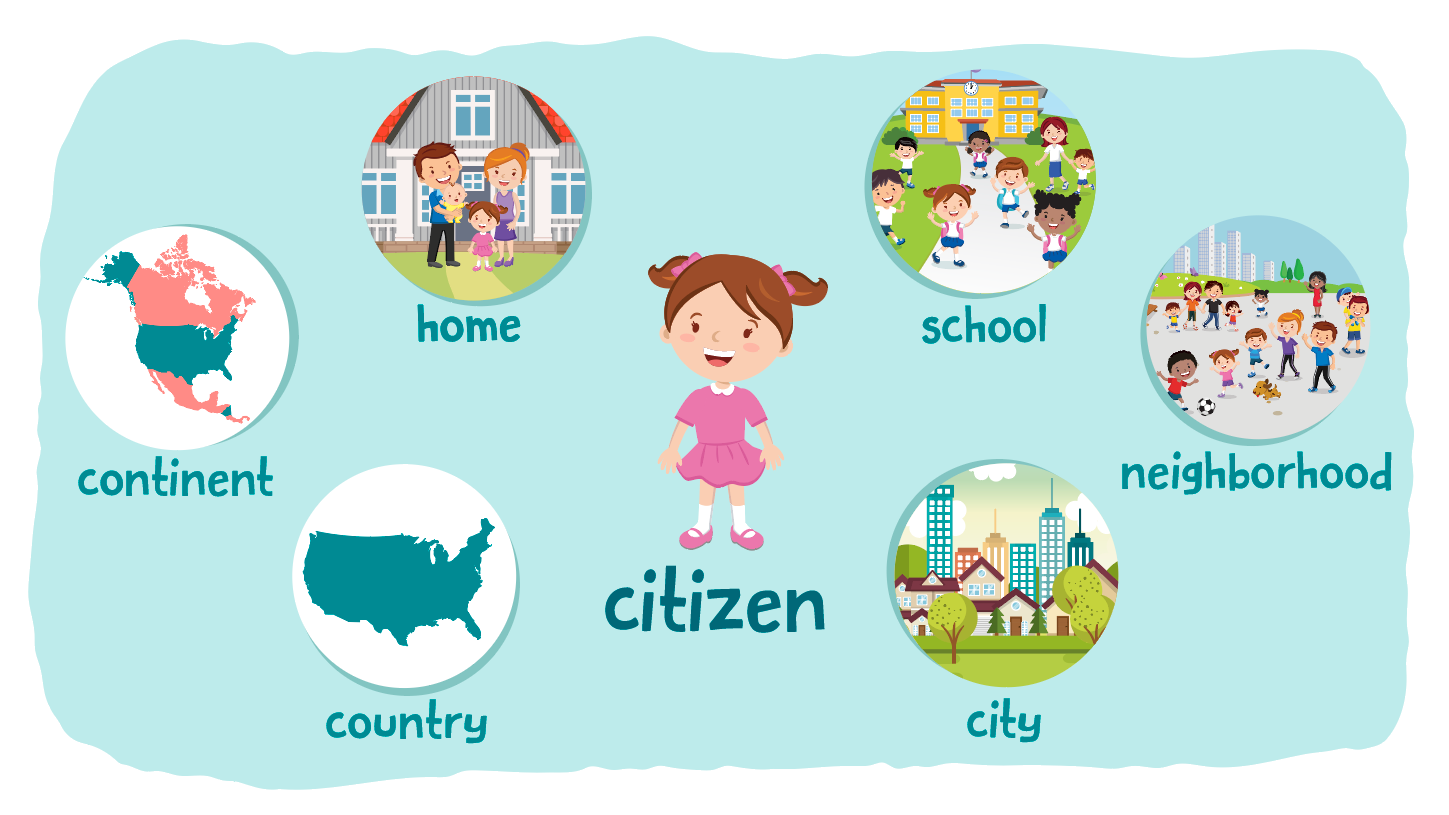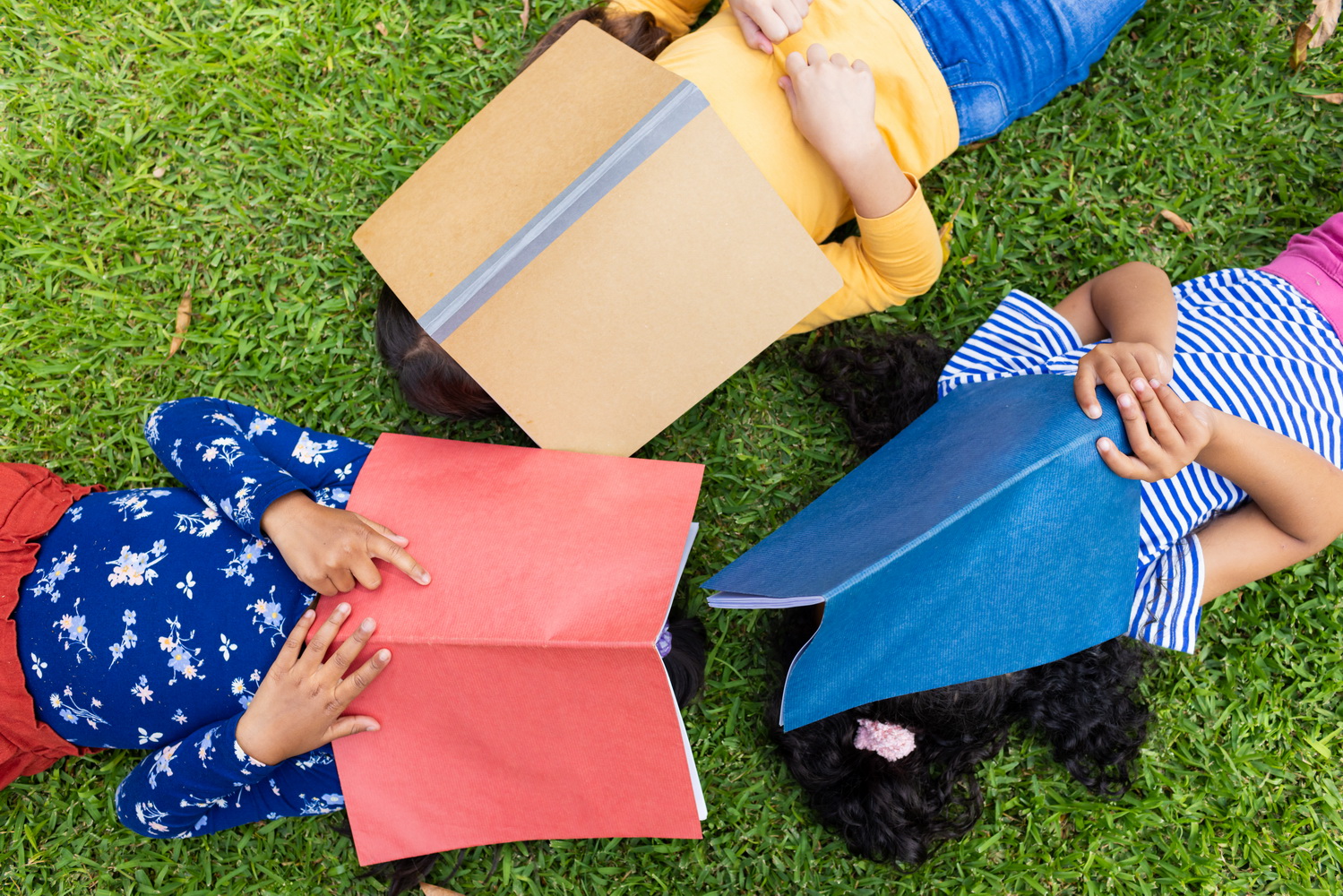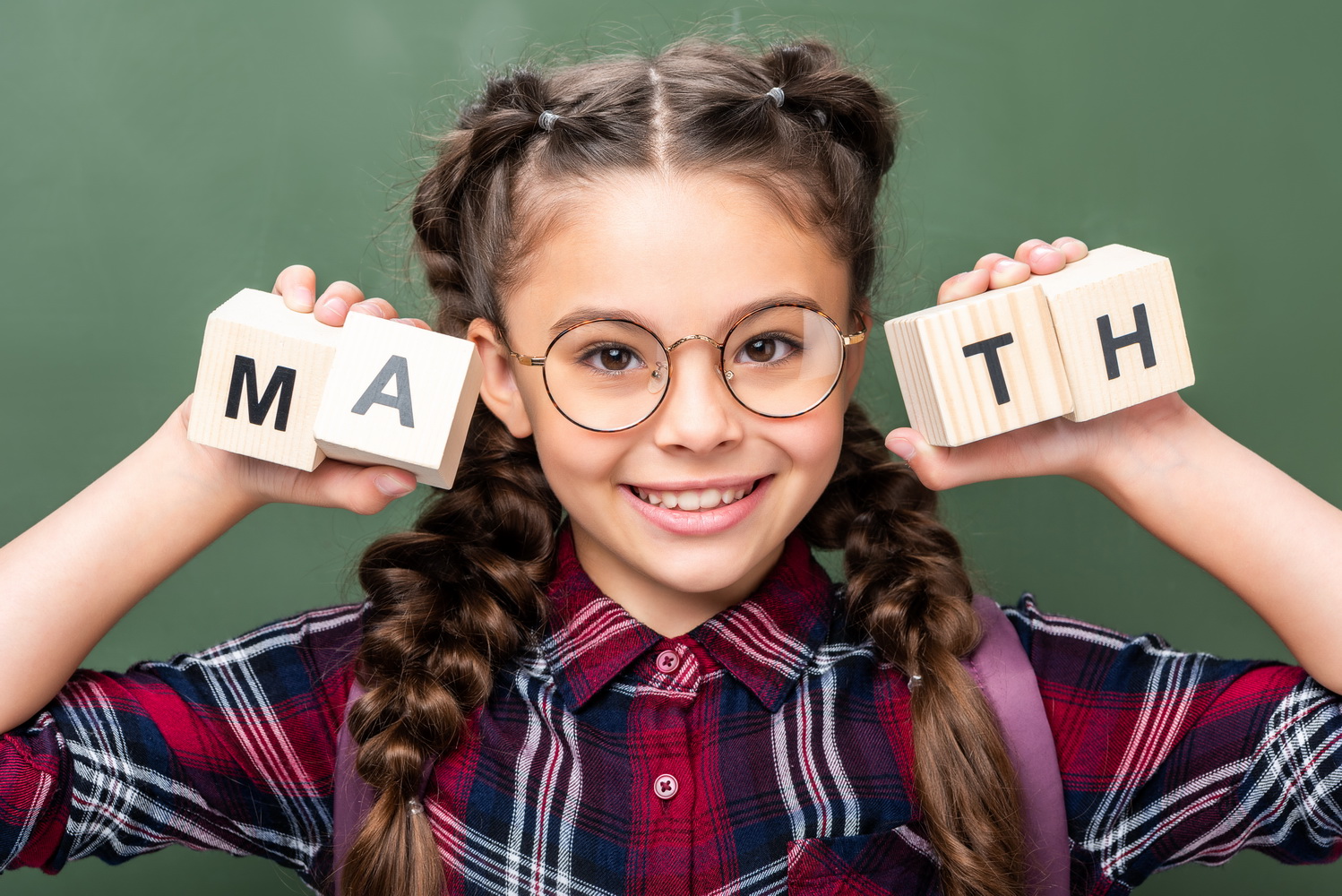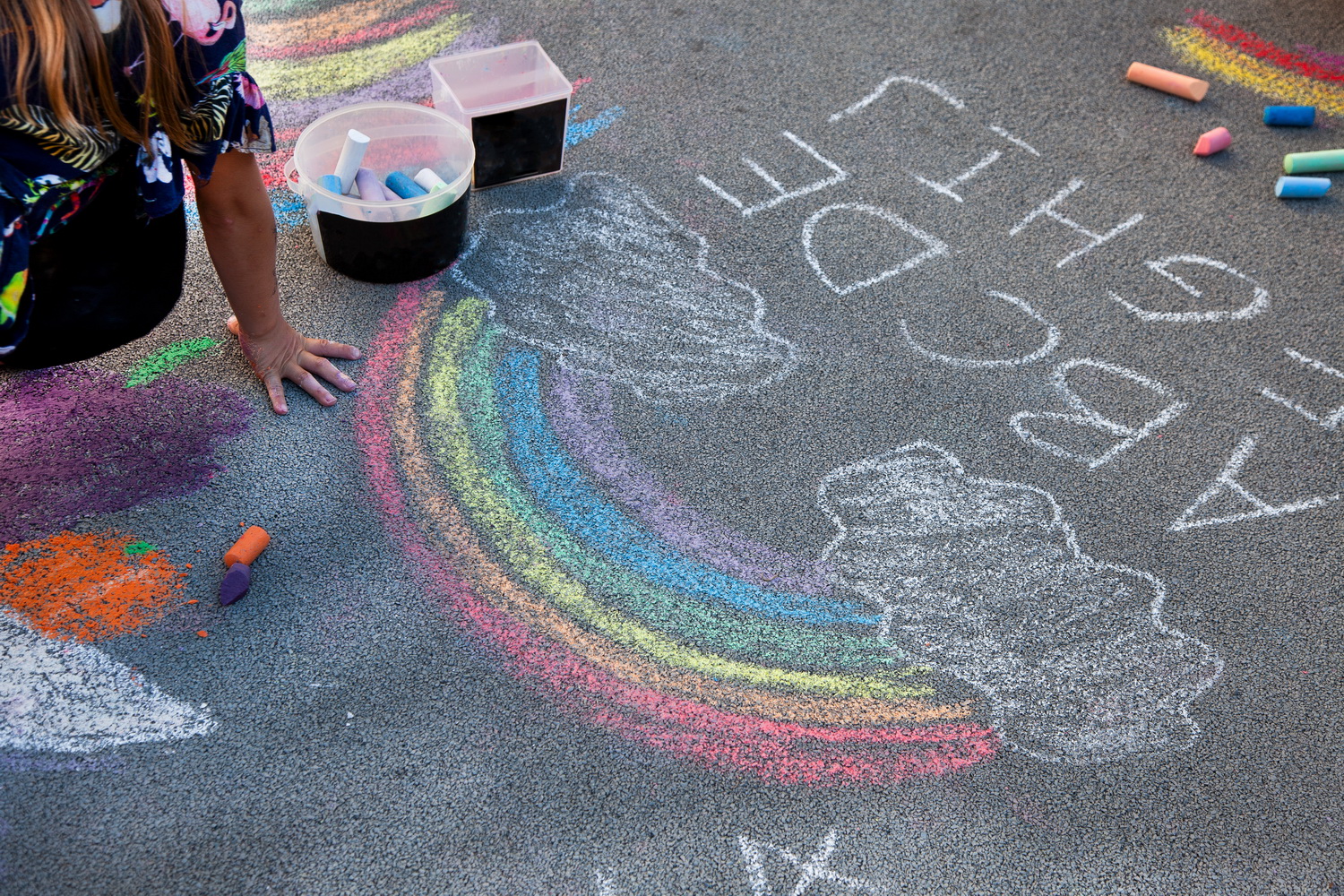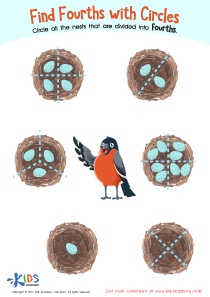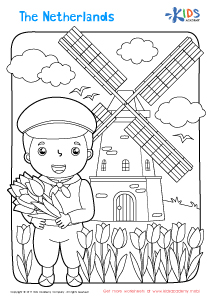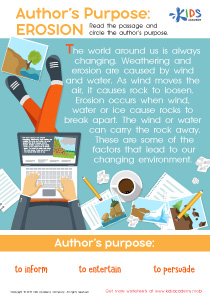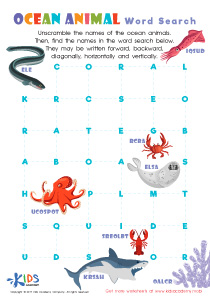Hand-eye Coordination Extra Challenge Grade 2 Worksheets
3 filtered results
-
From - To
Enhance your second grader's hand-eye coordination skills with our engaging worksheets designed specifically for Grade 2 students. Our 'Hand-Eye Coordination Extra Challenge' worksheets provide a variety of fun and interactive activities that promote fine motor skills and concentration. These resources make practicing essential skills enjoyable, ensuring children stay motivated as they complete exciting tasks like cutting, tracing, and connecting dots. By incorporating these worksheets into their learning routine, students will strengthen their coordination abilities, setting a solid foundation for academic success. Explore our collection and help your child thrive with creative and educational challenges that make learning a joy!
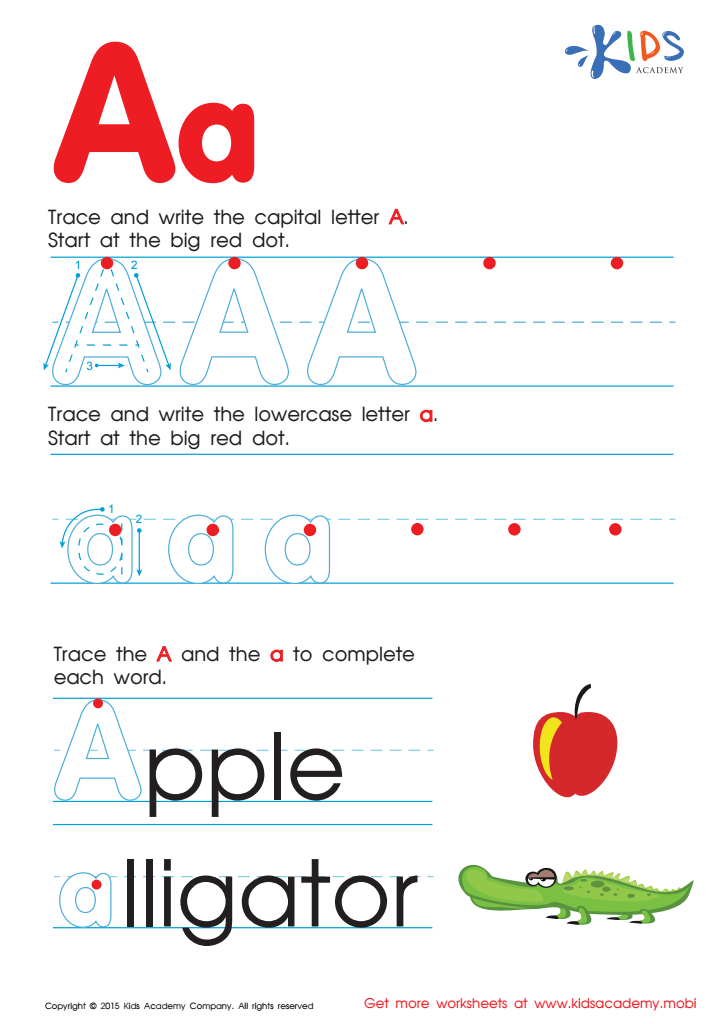

Letter A Tracing Page
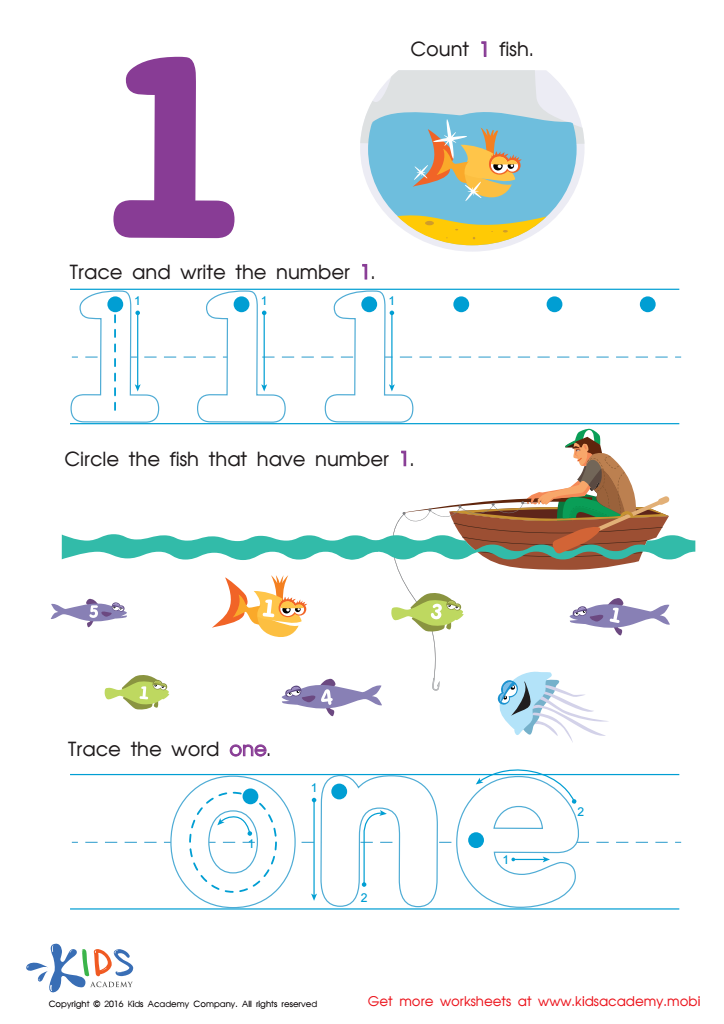

Learning to Write 1 Worksheet
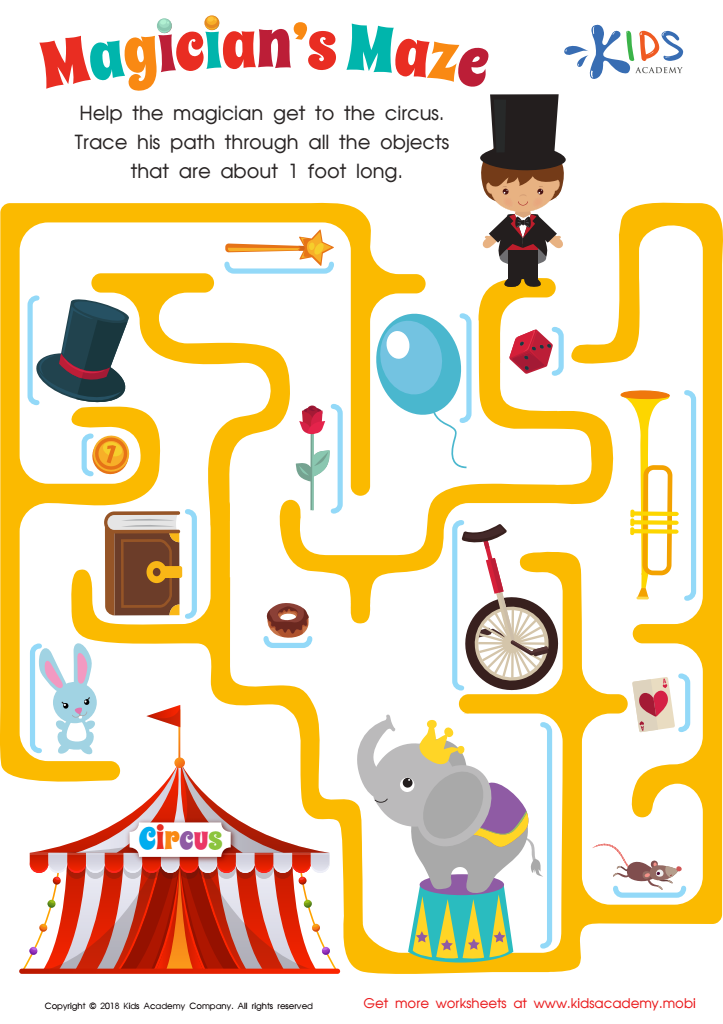

Estimating Length: Magician's Maze Worksheet
Hand-eye coordination is a crucial developmental skill for children, particularly for Grade 2 students who are refining their motor skills and learning to engage with their environment. This ability allows children to efficiently use their eyes to guide their hand movements, which is essential for numerous daily activities, including writing, drawing, playing sports, and even performing tasks like buttoning shirts.
Parents and teachers should care about enhancing hand-eye coordination because it directly impacts a child's academic performance and social interactions. In the classroom, strong hand-eye coordination helps students handle writing instruments effectively, manage art supplies, and participate in hands-on activities, supporting fine motor development. Additionally, improved coordination can boost a child's confidence and motivation, as they become more capable in various physical tasks.
Beyond academics, hand-eye coordination fosters important life skills through play and sports, improving a child's ability to work in teams, build friendships, and engage in meaningful interactions. Therefore, incorporating challenges and activities that promote this skill can create a well-rounded educational experience, encouraging physical, cognitive, and social development. For these reasons, prioritizing hand-eye coordination in early education is essential for nurturing confident and capable learners.

 Assign to My Students
Assign to My Students




